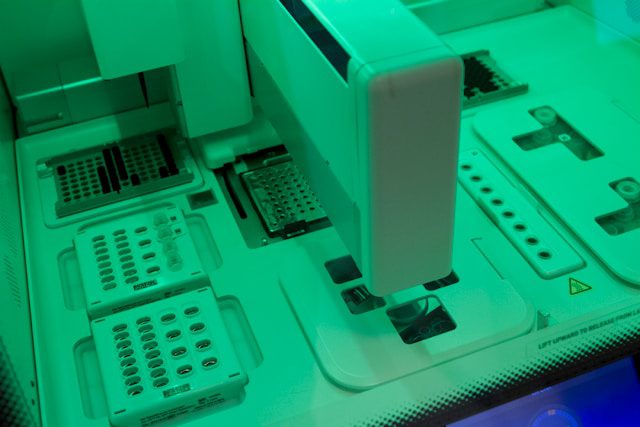A Game-Changer in Cancer Research: What’s the Deal with ecDNA?
In the world of cancer research, big breakthroughs don’t come around every day. But when they do, they can shake the field to its core. Stanford scientists, working alongside an international team of experts, have just cracked a major piece of the puzzle that could reshape cancer treatment. And here’s the kicker: the culprit isn’t something hidden deep in a cell’s chromosomal DNA—it’s something entirely different, and, until recently, almost ignored. Meet ecDNA, or extrachromosomal DNA, tiny circles that have been silently supercharging cancer cells right under our noses.
Why Should You Care About ecDNA?
Alright, so what’s ecDNA, and why does it matter to the rest of us? Think of ecDNA as little circles of genetic material floating outside of chromosomes within cancer cells. For years, scientists brushed off these fragments, thinking they didn’t play any significant role. But recent research has flipped that idea on its head. Not only are these fragments not harmless, but they also seem to be at the core of why some cancers are so aggressive.
Here’s how it works: these ecDNAs can contain oncogenes—genes known to fuel cancer growth. And when cancer cells pack multiple oncogenes onto these ecDNA circles, they gain superhero-like abilities, growing faster, evading immune attacks, and even shrugging off chemo. If you’re picturing cancer cells with cheat codes, you’re not far off.
The Jackpot Effect: How ecDNA Becomes a Cancer Superpower
One of the wildest discoveries from this research is what’s been dubbed the “jackpot effect.” In a typical cell division, ecDNAs should scatter randomly, so some cells get more of them and others fewer. But these sneaky little circles don’t play by the usual genetic rules. They tend to stick together in groups, clumping like chips on a poker table. When a “jackpot” cell inherits a prime combination of ecDNA, it’s essentially a perfect storm: a supercharged cancer cell with all the tools it needs to dominate.
This mechanism defies Mendel’s genetic principles (yep, the pea guy). Instead of following a predictable, independent assortment, ecDNA tends to stay in close-knit teams. It’s like getting a royal flush over and over again. And this jackpot effect gives cancer cells a massive edge in surviving and spreading, making these cells extra tough to beat.
Turning Cancer’s Superpower Into Its Downfall
Here’s where it gets exciting—and hopeful. This jackpot effect isn’t just a ticket to invincibility for cancer cells; it’s also their Achilles’ heel. When cells depend so heavily on these ecDNA-powered processes, they start to have conflicts between replication and transcription (the cell’s instructions for dividing and building proteins). If you block these processes at a crucial checkpoint, cancer cells hit a wall. Imagine tripping up someone in a relay race just as they reach for the baton—that’s what scientists aim to do here.
Stanford researchers, in collaboration with an oncology company, have developed a CHK1 checkpoint inhibitor, a drug that essentially puts up a roadblock in this pathway. It’s already showing promise in clinical trials for certain cancers with high ecDNA levels, proving this discovery could be the beginning of a new era in targeted cancer therapy.
What’s Next for ecDNA Research?
The implications of this research are enormous. Scientists now know ecDNA plays a role in around 17% of human cancers, spanning 39 different tumor types. And here’s the twist: after certain treatments, like chemotherapy, ecDNA seems to become even more common. This not only tells us that ecDNA can help cancers resist treatment but also suggests a roadmap for future therapies that could specifically target and neutralize these DNA circles.
This study didn’t come from a single lab—it’s the result of the Cancer Grand Challenges program, a worldwide research effort to tackle the toughest problems in cancer. If ecDNA-targeted therapies pan out as hoped, they could offer a lifeline to patients with hard-to-treat cancers, making an actual dent in survival rates.
We’re talking about a paradigm shift in how scientists understand and fight cancer. These ecDNA circles aren’t just accidental junk—they’re masterminds behind some of the most aggressive tumors. By targeting ecDNA, researchers hope to finally knock out some of cancer’s most elusive tricks. It’s a game of genetic poker, and now, scientists hold the winning hand.











Leave a Reply